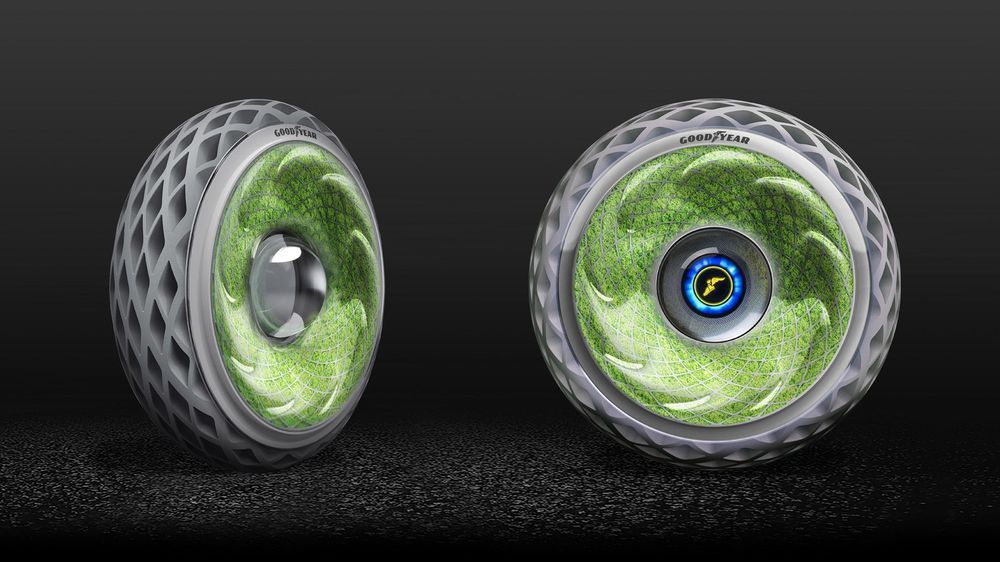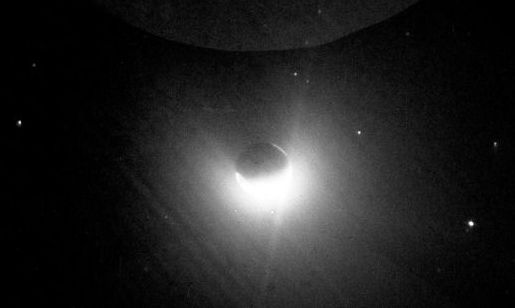ISRAEL MOON LAUNCH LIVE: Watch as SpaceIL makes history by launching its Beresheet spacecraft to land on the moon. The SpaceX rocket will carry two other satellites as well. #IsraelToTheMoon
STORY: https://bit.ly/2X7rgPP
CREDIT: SpaceX
ISRAEL MOON LAUNCH LIVE: Watch as SpaceIL makes history by launching its Beresheet spacecraft to land on the moon. The SpaceX rocket will carry two other satellites as well. #IsraelToTheMoon
STORY: https://bit.ly/2X7rgPP
CREDIT: SpaceX

NIR BARZILAI HAS a plan. It’s a really big plan that might one day change medicine and health care as we know it. Its promise: extending our years of healthy, disease-free living by decades.
The more researchers learn about metformin, the more it seems like a medieval wonder drug that could extend lifespans in the 21st century.

Something about atoms has never added up. Fundamental particles called quarks get kind of sluggish once they’re caught up in crowds of protons and neutrons – and quite frankly, they shouldn’t.
For decades, physicists have hunted for clues on the quark’s tendency to slow down in larger atoms, but have come up empty-handed. But now, a closer look at old data has finally revealed a clue to explain this strange phenomenon.
A massive team of physicists known as the CLAS Collaboration (after the CEBAF Large Acceptance Spectrometer) recently ran through data gathered from previous experiments at the Jefferson Lab’s Continuous Electron Beam Accelerator Facility.

This 3D-printed concept wheel by tyre manufacturer Goodyear uses living moss to absorb moisture from the road, before converting it into oxygen through photosynthesis.
The Oxygene tyre was revealed at this year’s Geneva Motor Show that officially kicked off yesterday, 8 March 2018.
The concept is a response to research conducted by the World Health Organisation (WHO) that revealed more than 80 per cent of people who live in urban areas are exposed to air quality levels deemed to be unsafe.


An immune checkpoint molecule, SA-4-1BB developed for cancer immunotherapy also protects against future development of multiple types of cancer when administered by itself, shows a new study.
The recombinant protein molecule SA-4-1BBL has been used to enhance the therapeutic efficacy of cancer vaccines with success in pre-clinical animal models.
Circa 2016
UNIVERSITY PARK, Pa. — Electronic materials have been a major stumbling block for the advance of flexible electronics because existing materials do not function well after breaking and healing. A new electronic material created by an international team, however, can heal all its functions automatically even after breaking multiple times. This material could improve the durability of wearable electronics.
“Wearable and bendable electronics are subject to mechanical deformation over time, which could destroy or break them,” said Qing Wang, professor of materials science and engineering, Penn State. “We wanted to find an electronic material that would repair itself to restore all of its functionality, and do so after multiple breaks.”
Self-healable materials are those that, after withstanding physical deformation such as being cut in half, naturally repair themselves with little to no external influence.
Japan’s Hayabusa2 mission is touching down on an asteroid, where it will grab a sample to bring back to Earth.
The CEO once said a self-sustaining Mars colony won’t work if it’s wildly expensive for each person to make the voyage.
